D850 DSLR ISO Tests
Posted: 8 November 2021
Updated: 11 November 2021
Sky & Telescope magazine published the "Understanding ISO" in their December 2021 issue, pages 54-56. I have been wanting to do ISO tests with my Nikon D850 DSLR for a long time and this article prompted me to finally do it. The following discusses what I learned about ISO settings for astrophotography with the Nikon D850 DSLR. It is important to note that I shoot Raw images, which allows for the greatest post-processing adjustments.
I imaged M33 (Triangulum Galaxy) with the D850 DSLR on my 12" LX600 at prime focus + focal reducer. Eight different ISO settings were used, with each exposure being 5 minutes. Here are the eight images, unprocessed.
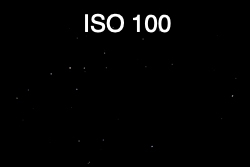
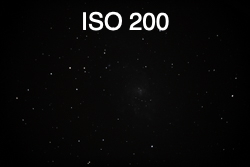

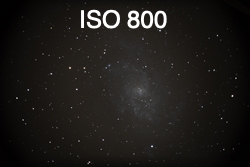
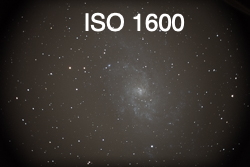

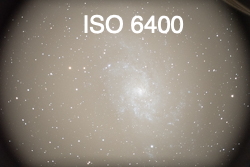
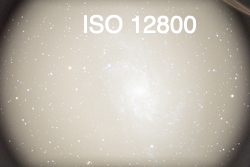
The ISO 100 image looks like it has essentially no data, but by increasing the exposure in Adobe Lightroom, there really is useful data there. And essentially no digital noise. The "stretched" ISO 100 image looks very close to the unedited ISO 3200 image.
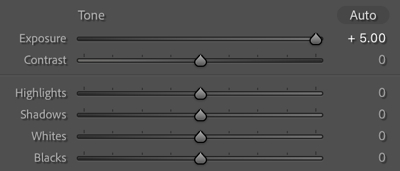
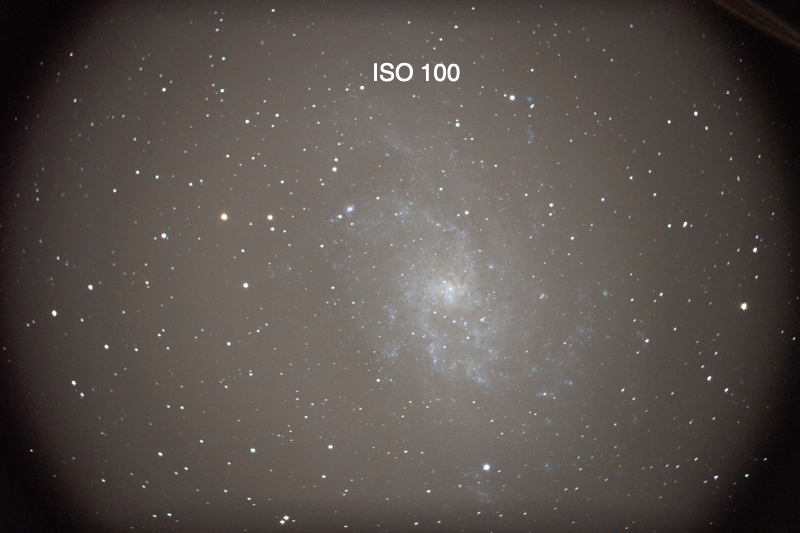

Previously, I imaged galaxies and nebulae at ISO 6400 with the D850 DSLR. It is interesting to see the comparison of ISO 6400 (with noise reduction) vs ISO 100 (no noise reduction) vs ISO 400 (some noise reduction) vs ISO 800 (some noise reduction), all images with final edits.
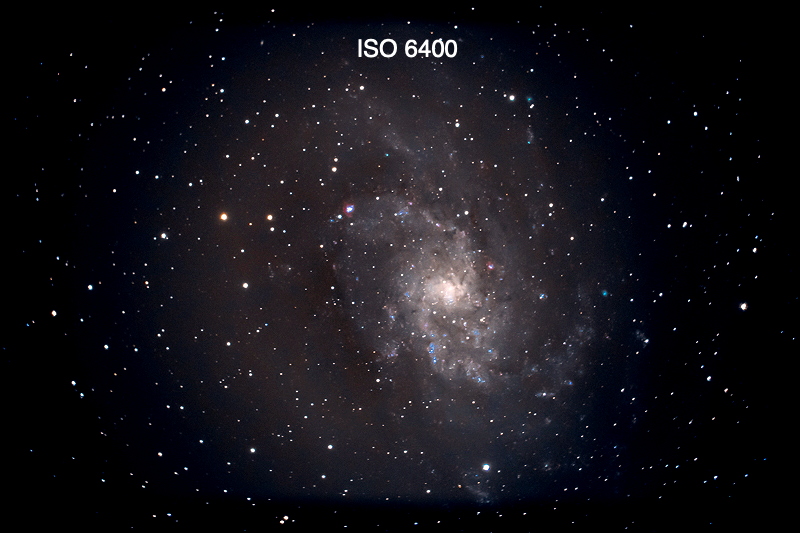
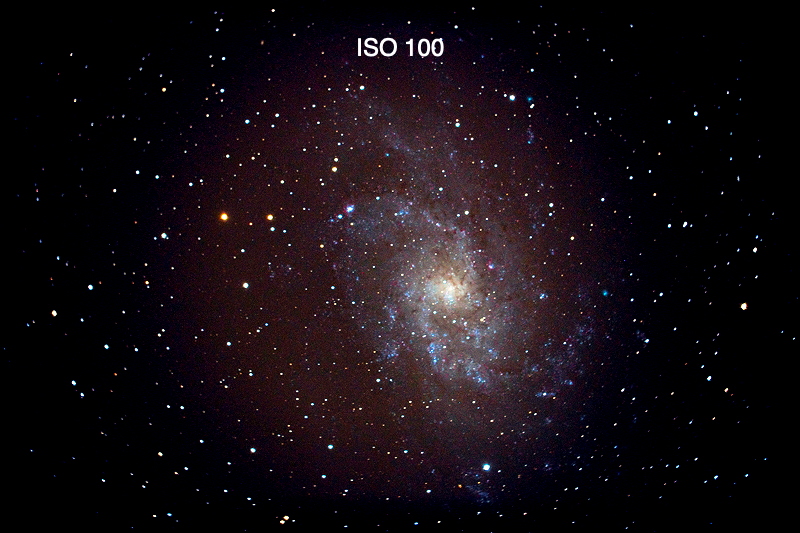


The ISO 6400 image looks a little smoother due to the noise reduction. The ISO 400 image looks good, but the ISO 800 looks better, providing enough exposure data for adequate post-processing, while having very little noise.
I also imaged M33 (Triangulum Galaxy) with the D850 DSLR on the 12" LX600 at prime focus + focal reducer + UHC filter. Again, eight different ISO settings were used, with each exposure being 5 minutes. Here are those unprocessed eight images.
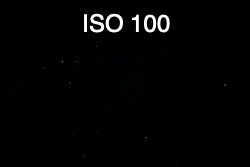
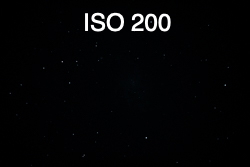
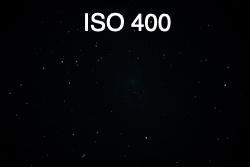
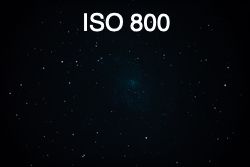
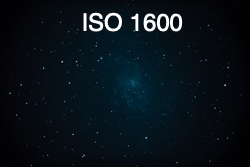
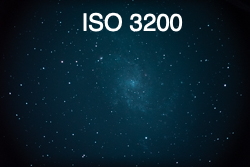

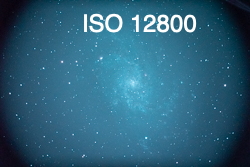
I previously imaged at ISO 12800 when using the UHC filter. This is a comparison of ISO 12800 (noise reduction), ISO 400 (some noise reduction), and ISO 100 (no noise reduction), all final edits. As the UHC filter decreases the light reaching the camera sensor, ISO 400 is not quite enough to allow adequate post-processing. ISO 800 (noise reduction) does.

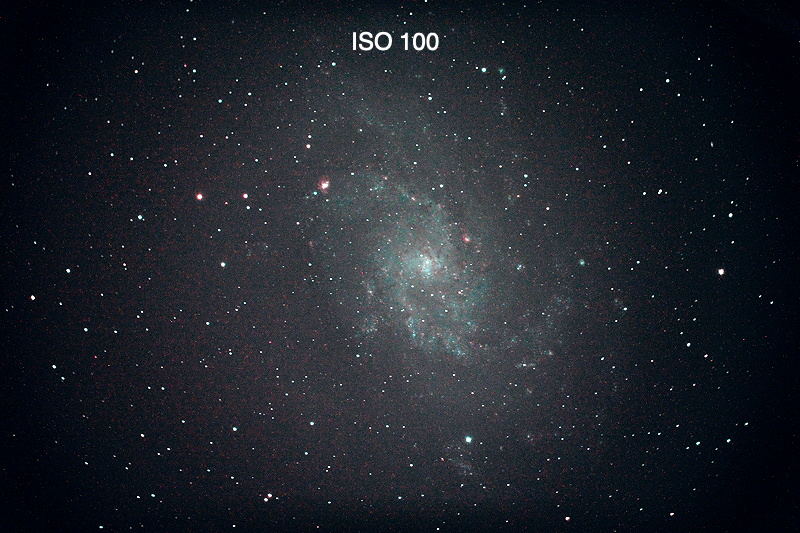
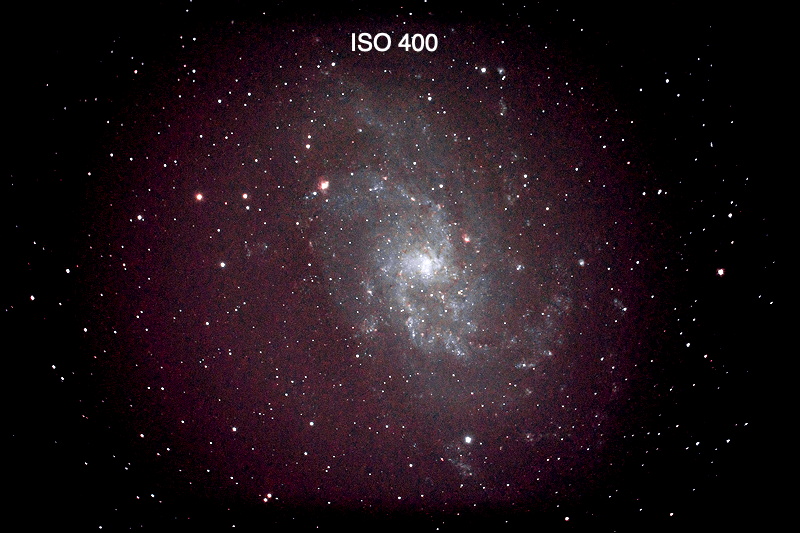

Using the UHC filter at ISO 800 seems to be the best choice for Deep Sky Object imaging.
I also imaged the night sky with the D850 DSLR on a non-tracking camera tripod. Eight different ISO settings were used, with each exposure being 10 seconds at f/2.8, focal length 24mm. The camera was pointed in the direction of the Pleiades (M45) and the Hyades. Here are the eight images, unprocessed.

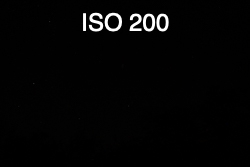
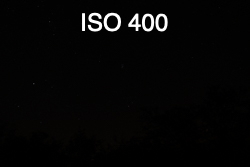
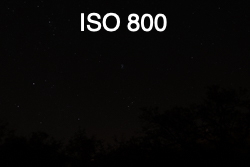
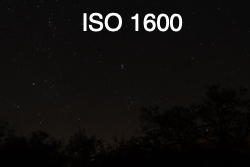
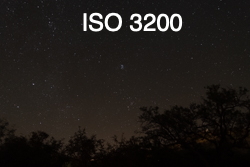
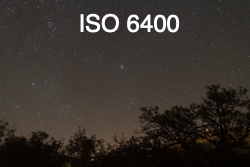
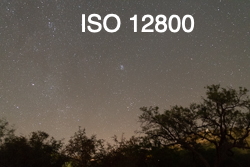
This is a comparison of post-processed ISO 12800 (noise reduction), ISO 800 (some noise reduction), and ISO 100 (no noise reduction) images.



Again, ISO 800 appears to yield the best image with the most latitude in post-processing.
I will begin to use ISO 800 for galaxies, nebula, and sky astrophotography. Stacking images will improve image quality, now that I know what ISO I should be using with my D850 DSLR.
High ISO can and probably should still be used when doing framing test images and checking for accurate focus. That way you can easily see the initial result on the camera display.
I recommend that everyone do similar tests with their DSLR, mirrorless, or point-n-shoot camera. You might be surprised at the results you can achieve.
Update 9 November 2021
I decided to do some exposure length tests at ISO 800. These are unedited 1, 5, and 10 minute exposures of M33 (Triangulum Galaxy) at prime focus + focus reducer.

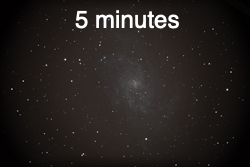
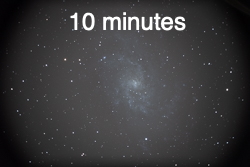
These are unedited 1, 5, and 10 minute exposures of M33 (Triangulum Galaxy) at prime focus + focus reducer + UHC filter.
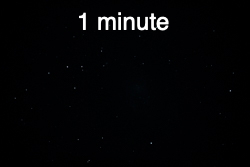
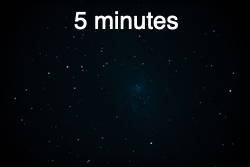
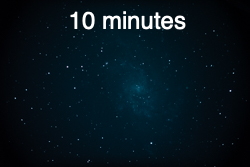
Here are images edited (in Adobe Lightroom) images to show what is possible at each exposure setting. Exposures were stretched and some noise reduction applied.
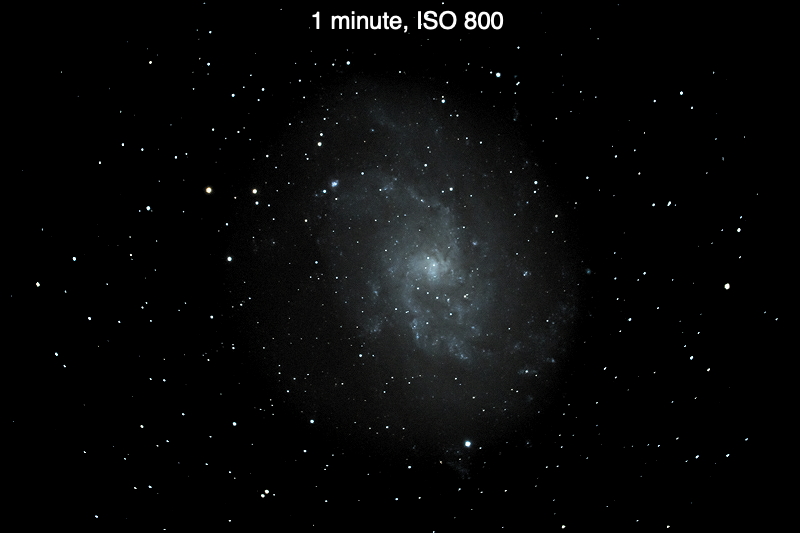
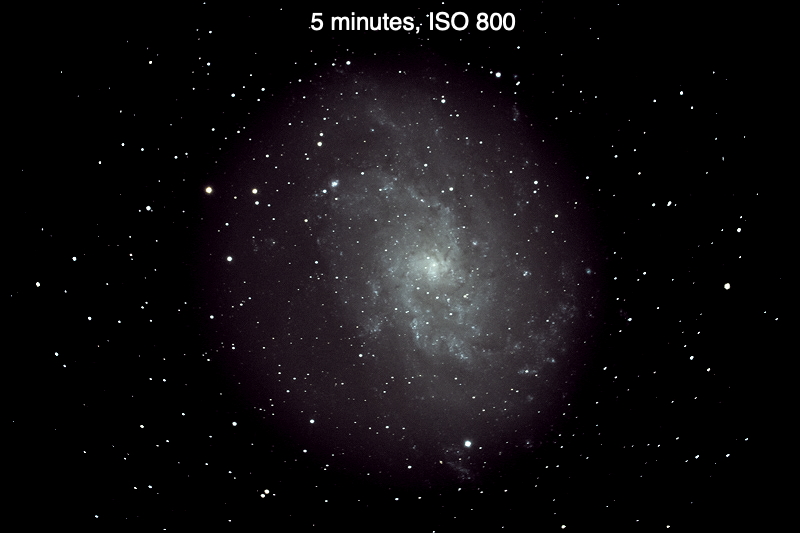
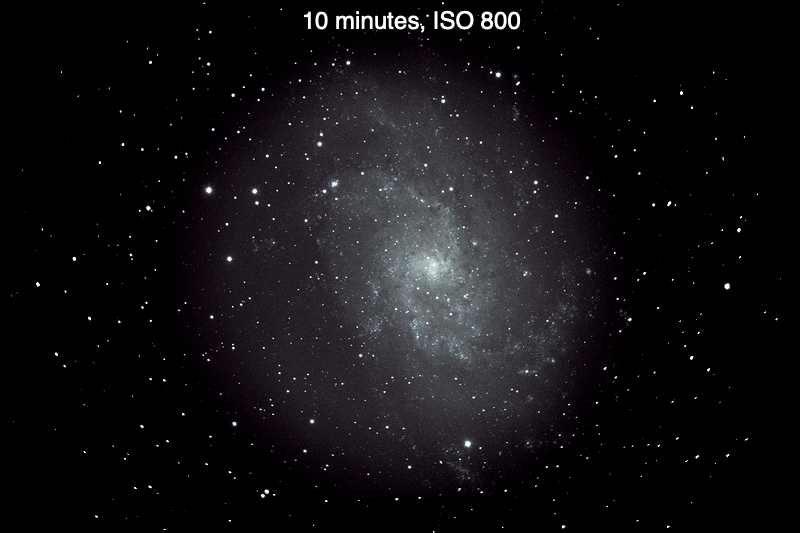
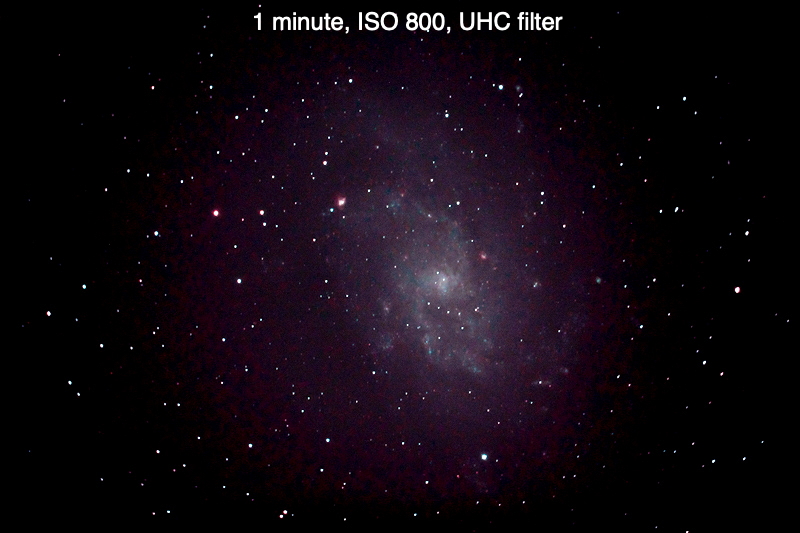

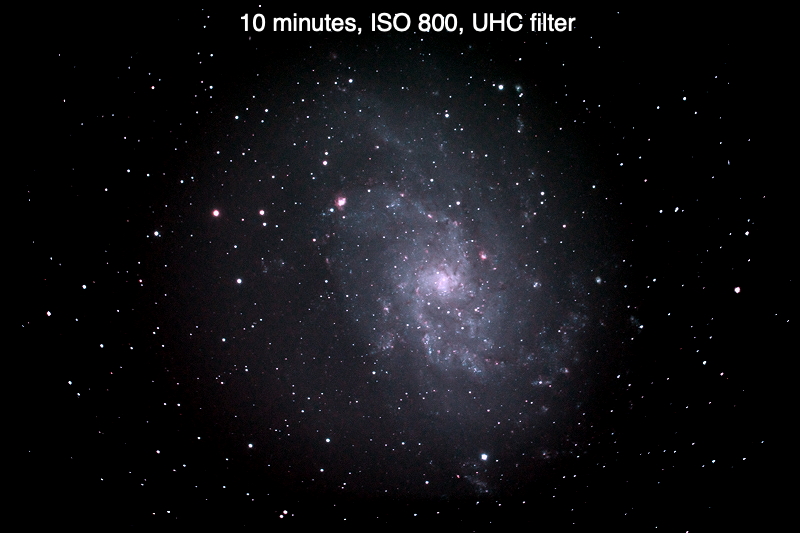
Having decided on ISO 800, I did some imaging of M33 (Triangulum Galaxy) and M27 (Dumbbell Nebula) using exposures of 5 minutes, ISO 800, and White Balance 4550K, through the UHC filter. I stacked six of the M33 images and five of the M27 images.
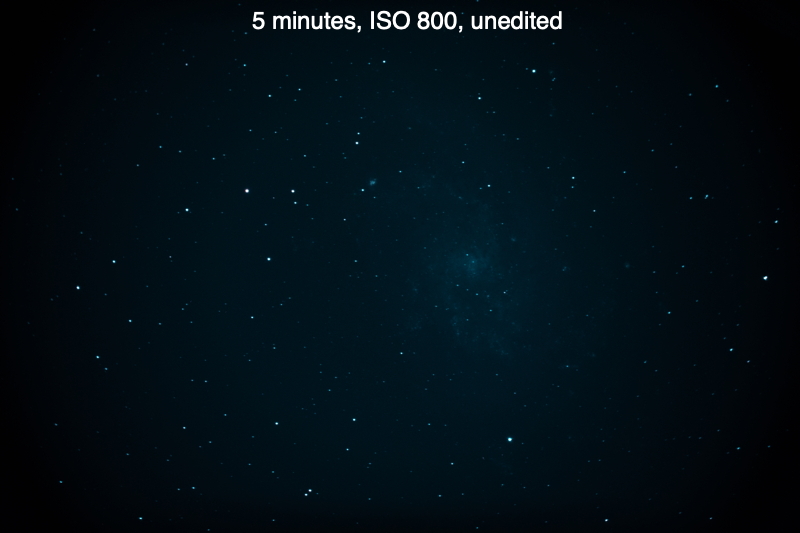
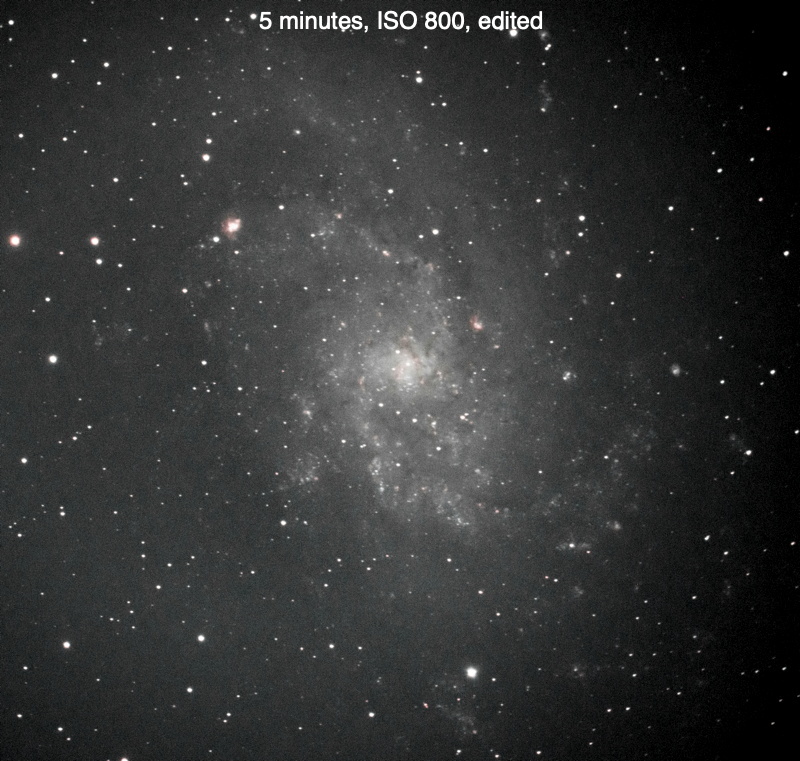
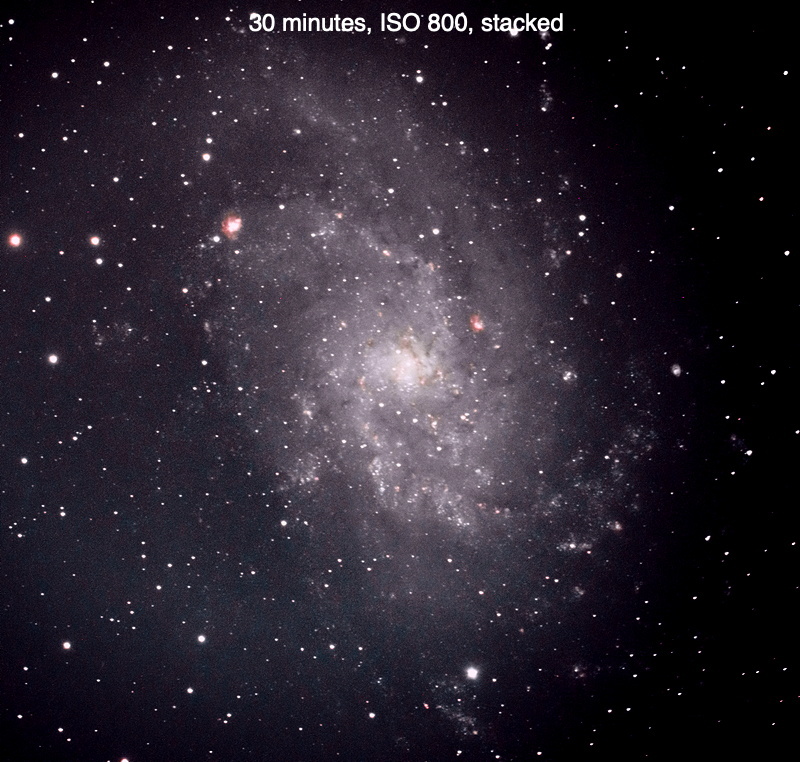



I also have a D850 DSLR Sky and DSO White Balance Tests report.
Return to the Cassiopeia Observatory Home Page.
Copyright ©2021 Michael L. Weasner / mweasner@me.com
URL = http://www.weasner.com/co/articles/D850_DSLR_ISO_tests/index.html
